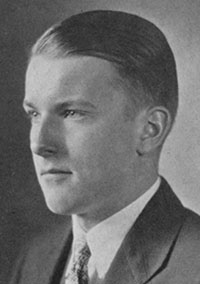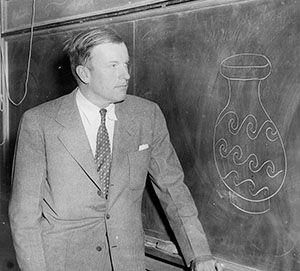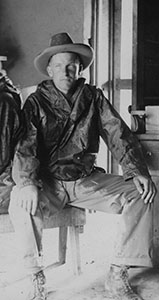Maxwell Museum Blog

Frank Hibben's role as the Museum’s first (and often only) paid (part-time) staff member continued for 37 years—with the exception of one year’s absence while he completed his PhD at Harvard [in 1940] and during World War II, when he served in the US Navy. Over this span, he rose from a Graduate Student Research Assistant to Curator of Collections and Director and advanced through the professorial ranks in the Department. Under his leadership, the Museum broadened from its initial focus on the Native American Southwest. Hibben was an avid collector and, while some of his collecting practices were far from ethical by today’s standards, his collections of ethnographic and archaeological materials from around the globe, coupled with exchanges with other museums, greatly expanded the Museum’s geographic and temporal scope. By the early 1940s, the collections included objects from such diverse areas and periods as carved wooden African sculptural figures, projectile points from the American Midwest, and Mousterian stone tools from the Paleolithic cave site of Tabun (Israel).
The drawbacks of a one-person staff became clearly visible when Hibben returned from military service. The lack of dedicated care during his absence was all too evident, with artifacts, documents, and photographs lost, stolen, or misplaced and exhibits showing deterioration. This led to the recognition that additional staff members were needed. But that would take more than a decade to materialize.
Anthropology greatly expanded at UNM and around the country in the post-war years of the late 1940s and 1950s, with many more students and greatly increased research. Collections growth was rapid. The Museum and Department soon outgrew their Scholes Hall space.


Images:
Frank Hibben ca 1940s -50s
Frank Hibben at Chaco Canyon 1940's

